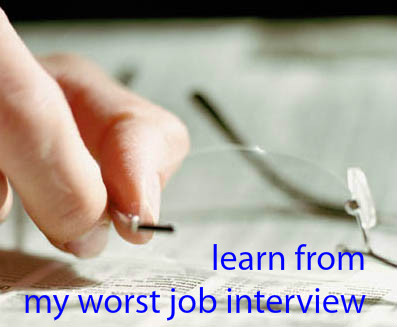Trends in Resumes for 2014: Resumes dos and don’ts

If you've been following Randstad's 2014 Checklist series this is fourth installment in our 2014.
1. How to dress for inteview success
2. Three keys to acing the this year's interview
3. Learn from past mistakes with the Randstad blogger's worst interview ever.
Resumes evolve! Here are three tips for an update and refresh for today's the job market
1. Customize your resume to the job you’re applying to
This sounds simple but it isn’t. It is a lot of work to rewrite your resume for every job you are applying to, or even to the specific person you are sending it to, but it is worth it. As I wrote last week you should be researching who you are going to be sitting down to in the interview with. Think about the story you are trying to tell with your resume and who is going to read it. Use intuition about their role and how you’d work under them to scope out the experience points you write into your resume.
If you are sending your resume in blind most likely you are sending your resume into an automated resume reading program that is going to dig keywords out of the job description that the company has provided online. Use keywords found in the job ad. If you know who you are writing the resume to then write your resume to that person and to their boss, don’t include their name or anything crazy but know your audience and write to them.
2. Experience: What to keep and what to ditch
First off, organize your experience chronologically. It isn’t as unusual for people to have gaps in their experience, or shorter roles that use to be unacceptable. It used to be frowned upon to have less than two-years of experience in role, but for many industries today, that’s not the case. If you’ve had a series of contracts with employers that are shorter, or have been doing project based work share that experience; you’ve probably learned a lot and you can demonstrate that learning and the skills you’ve gained.
Keep irrelevant job experience off your resume. What is irrelevant experience you might ask? If you volunteered in a student association in college or coached a youth sport’s team unless you are looking to work with students or youth it isn’t suitable to go on a professional resume. Think about the industry you are applying to and only put items on your experience that apply to that industry. If you did work with a charity and you were the treasurer for a number of years and you are applying to a job in accounting as your first job, it might be relevant and only if you have a reference from the charity’s president (caveat is that the president is a respectable, older member of your community).
3. Send your resume as a linked word document or a PDF. Link to your Linkedin account and keep your address off your resume
Resumes are a task in brevity and editing. Your address is clutter that isn’t relevant. Don’t make the resume reader pass through four lines of something that only matters when you’re being sent a termination notice or your T4-slip.
What is important is providing a link to your Linkedin account. If you save your resume as a word document the links you input over the text will be live in your resume. Most people read resumes on their screen first and print them later. If they like your resume they will check your Linkedin, make it easy for them.
You can also save your resume as a PDF from Word. The links will be live on the PDF, this is great if someone is reading your resume on their mobile.
What has worked for you recently? Share your resume tips with us on Twitter @RandstadCanada
 |  |  |
